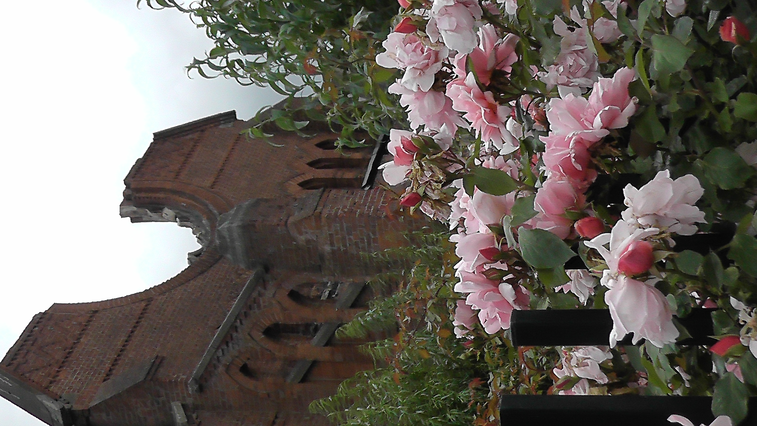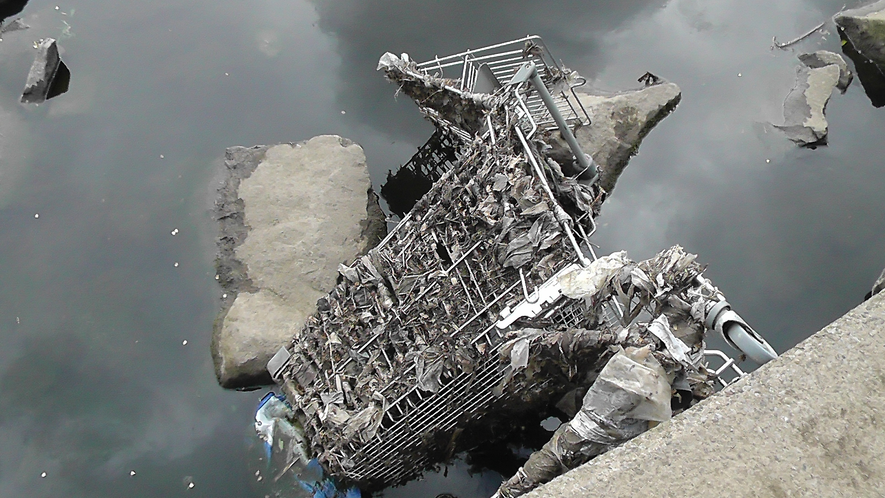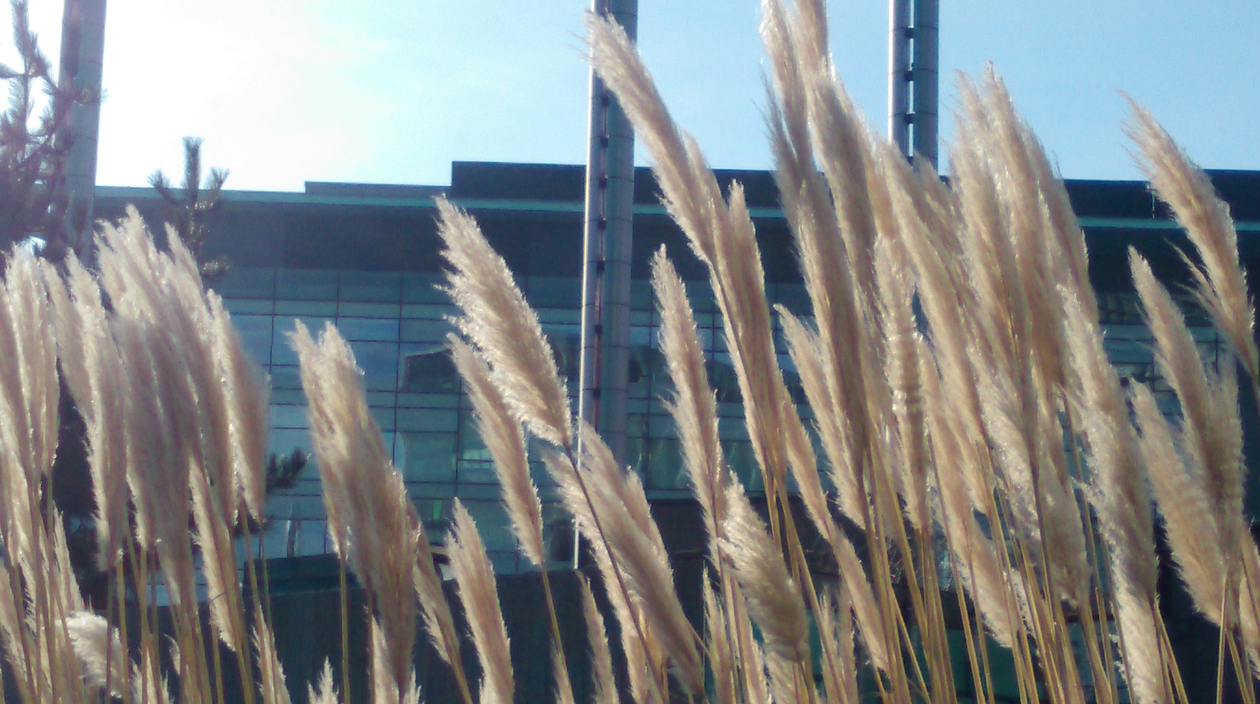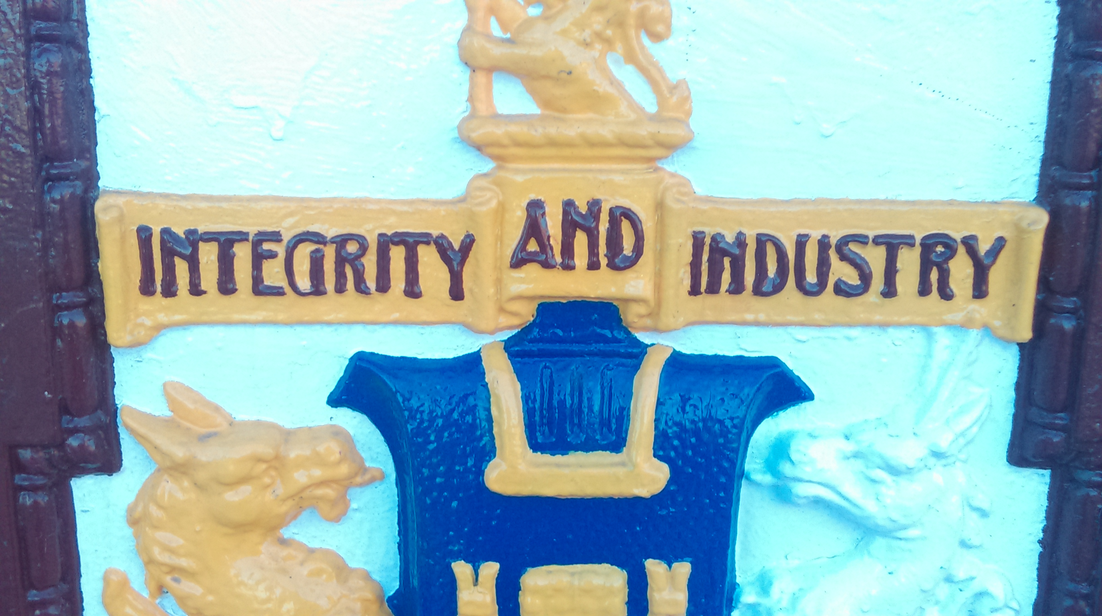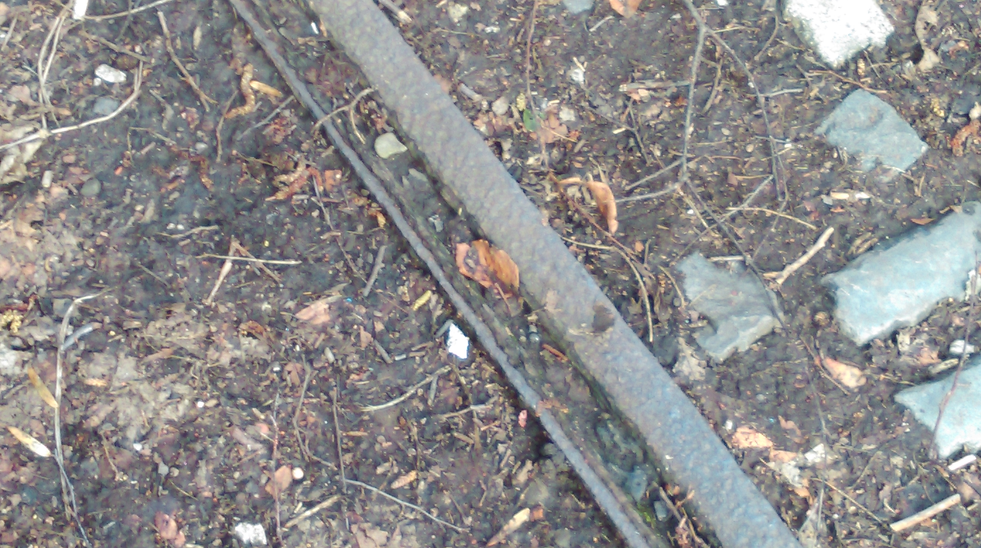So far, the project has resulted in three practical outputs (see below) and a range of presentations and papers at various conferences and research events:
- The Salford Samples #1 – a solo intermedial performance, for the EVP Sessions, Shoreditch Town Hall, London, November 2015
- The Salford Samples #2 – a participatory event, presented as part of the practices and processes research event at the Digital Performance Lab, MediaCityUK, Salford, February 2016
- The Salford Samples #3 – a ‘video-text’, formed of the materials used in the live events, published online September 2016
In the context of the larger research project, these constitute scoping activities, created in order to understand and develop the nature and focus of the inquiries above. The materials on these pages seek to articulate, reveal, and evidence some of the key processes through which this work has been made and the above inquiries pursued, as well as formulating some preliminary findings and possible routes forward. The most logical route through these materials is to progress page to page, though hyperlinks also provide suggestions for some useful ‘hoppings’ within and between pages where different sets of materials are housed.
Historically, Salford is a locality that has been buoyed and buffeted by the industrial revolution, often associated with its larger neighbour, Manchester. Cyril Bracegirdle, in his history of the River Irwell, which runs through Salford and Manchester, talks of the ‘lovely streams’ of the river that existed before the arrival of the cotton industry in the area and how it then became ‘the first river to be polluted by industry’ (1973, 7). In 1821, a witness commented on the Crescent area of Salford that ‘the inhabitants of this charming elevation will always be sure of rich rural scenery in view of their front windows’ (in Cooper 2005, 25). Only, twenty-three years later, as heavy industry grew across the area, Engels described Salford as an ‘unwholesome, dirty, and ruinous locality’, comprised of ‘dwellings in which cleanliness and comfort are impossible’ ((1892) 2008, 62). As recorded in a history of Salford, on the council website, ‘the population, which was 12,000 in 1812, rose in 30 years to 70,244, and by the end of the century to 220,000’ (Salford Community Leisure 2017). The conditions of life here, as recorded through Engels’s writing, were cramped and unsanitary.
In this project though, rather than focusing on researching and exploring the intermedial practice itself, which had been the trajectory up until this point, for the first time there was an interest in finding an intersection, where the form of the work could meet ideas, issues, and elements of a place – the place I was currently occupying.
The stages of the research, which are documented here, explored what that intersection could be through the following areas of inquiry:
- How does live intermedial work relate to and activate place as a ‘constellation of social relations, meeting and weaving together at a particular locus’ (Massey 1994, 154), as a ‘meeting place’ and as ‘process’?
- What modes of affective engagement do live intermedial combinations, arising from and centring on a place, create?
- What role does the use of popular music and autobiographical material play in this connection and engagement?
The particular nature of the present contradictions of a city that feels as though it is both moving forward and in some senses static, as well as the fall of the historical shadow and the cultural heritage of the city, sparked an interest in applying intermedial research to this subject matter. As a researcher, I am interested in the intersections between things – the act of pushing together diverse elements and the way that materials and media pull at each other, as they form combinations, as well as how such combinations are made and what they might mean and feel like. Such has been my practice for over five years now – generating intermedial mixes as part of live events or as sets of ‘video texts’, mixed live and then edited into short bites/bytes of online intermediality1 – see ‘live intermediality’ page.
It began with a hunch about the place I had just moved to – Broughton in Salford, Greater Manchester, in the United Kingdom. There was something about the combination of cobbled streets and iconic post-punk bands, new housing developments and rubbish on the streets, the grand sweep of the river and the shopping trolley in its centre. As a perennial city dweller, I felt something different here, which I wanted to explore. In many ways, as evidenced here, Salford is the perfect paint box to mix from as an intermedial practitioner-researcher.
Equally, with the decline of heavy industry in the area, Salford struggled to prosper in the second half of the twentieth century – Paul Morley evocatively describes the city as he remembers it from the 1960s and 1970s as ‘the drizzly, degraded essence of “grim up north” … so encrusted in its besotted past, so slammed into deprivation, it would surely never break free of its soiled image’ (Morley 2013). Since the beginning of the century though, there has been a regeneration agenda in play, with much housing destroyed and replaced. The glitzy island of MediaCity, completed in 2011, sits to the west of the city in splendid isolation, though many parts of Salford have benefited little from the development. Morley also commented on this at the time, describing MediaCity as ‘inspired not by dignified working-class Salford or a sensitively recalibrated post-industrial world but by Bilbao and Canary Wharf, everywhere and nowhere’ (2013).
Since the establishment of ‘MCUK’, there has also been a growth in developers buying up land, especially in the areas of Salford close to Manchester and MediaCity. The new housing developments springing up in these areas of the city are shifting the nature of the lived environment considerably, though there are also, conversely, areas that still feel quite traditional in nature – all cobble stones, Victorian terraces, and old-fashioned street lamps – and others that simply feel abandoned. The Broughton area of Salford, where I live, and which has become the focus of this research, also has a rich cultural history, with the likes of Mike Leigh, Shelagh Delaney, Peter Hook and Bernard Sumner (of Joy Division and New Order), John Cooper-Clarke, Mark E. Smith, and Ewan MacColl all growing up in the area.
